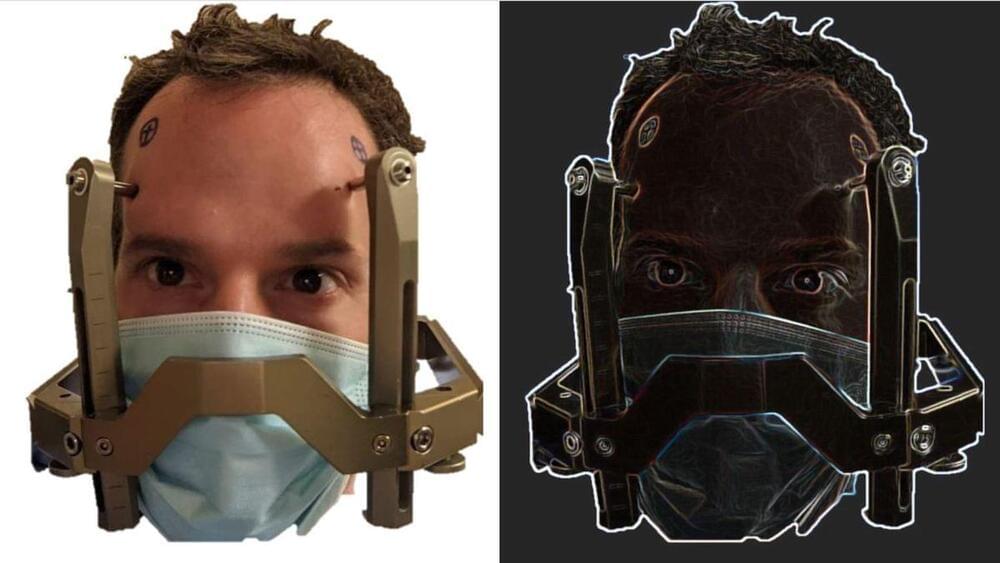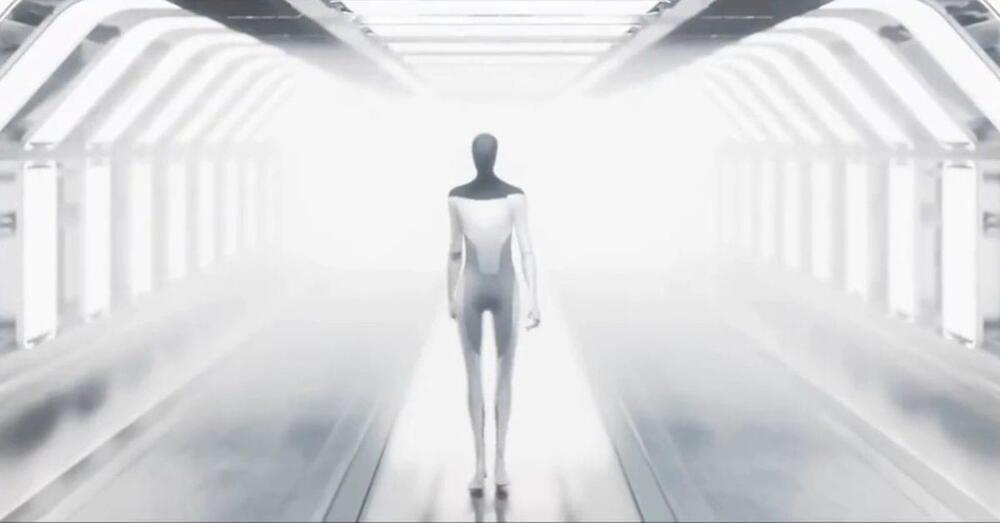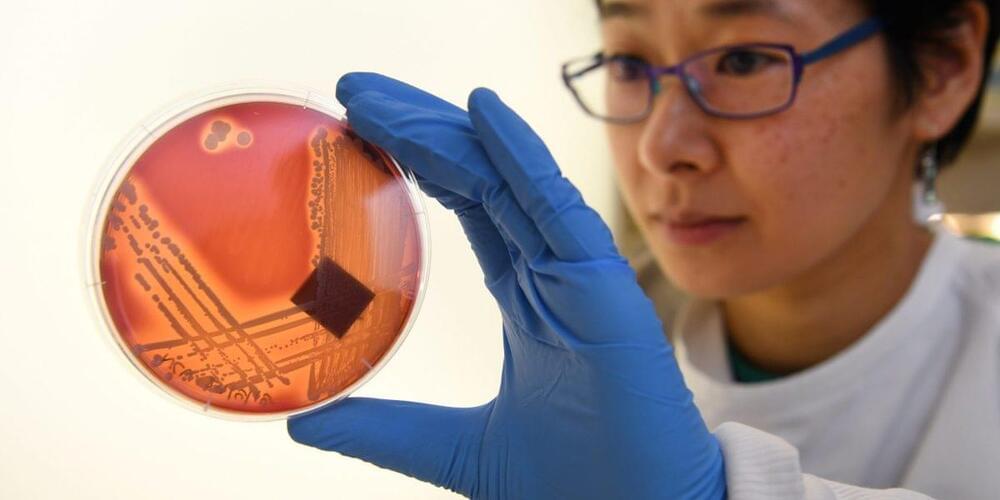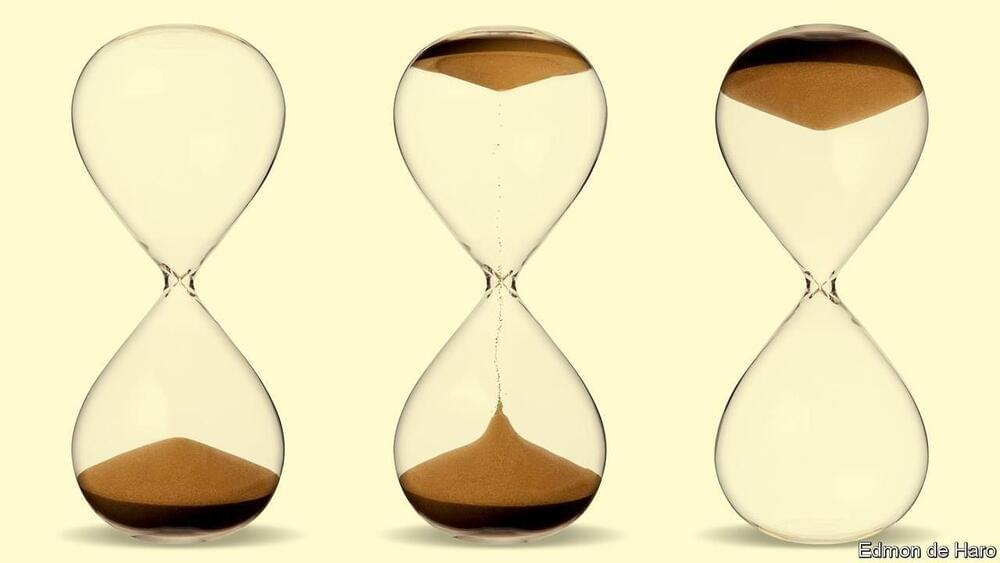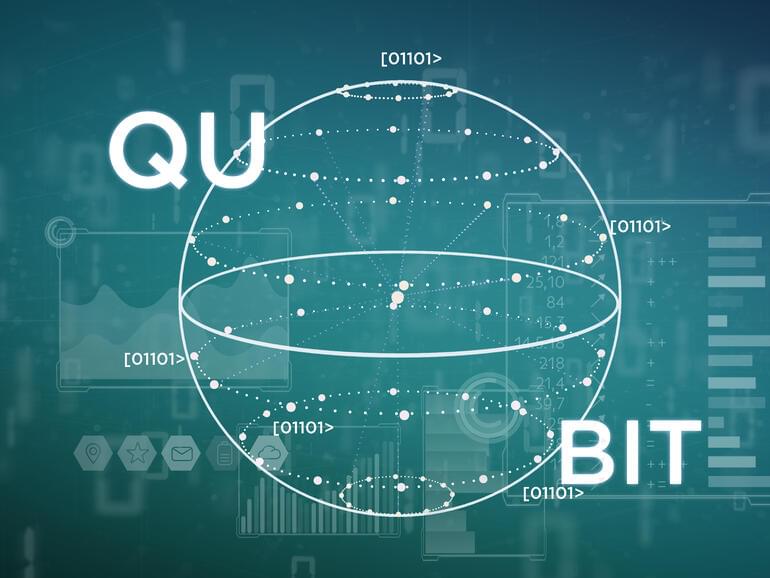Google has been developing what is perhaps the company’s most ambitious project to date: a science startup that will pursue ‘solutions for aging’ with the intended goal of “solving death”.
Calico, a company directed by futurists to explore the concept of “singularity”, has partnered with pharmaceutical giants to research and trial new market drugs that target aging and development.
What is this new audacious project? Who is behind it? In the following feature, Ethan Nash explores.

